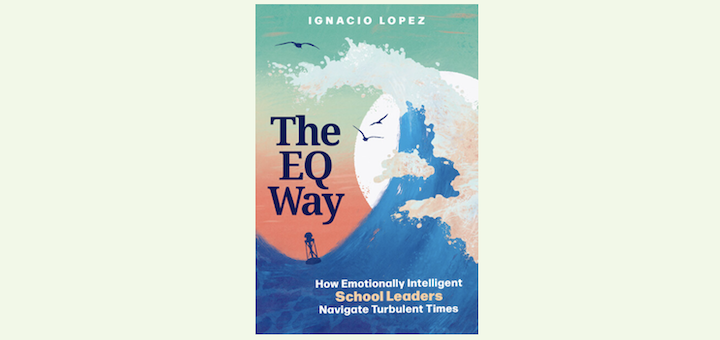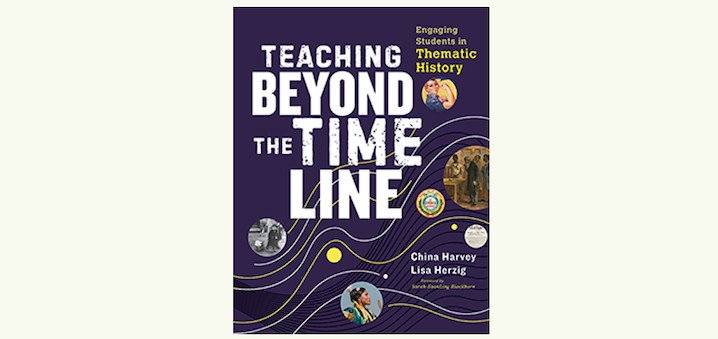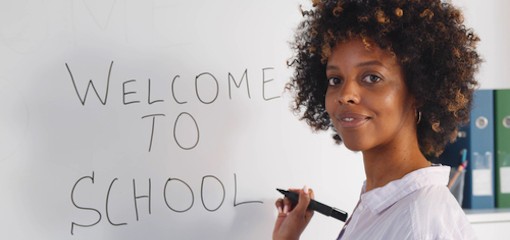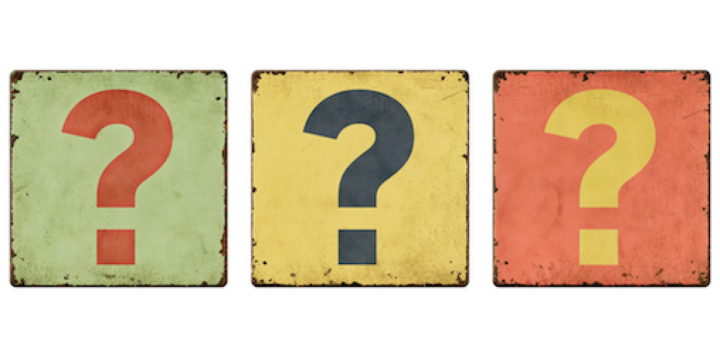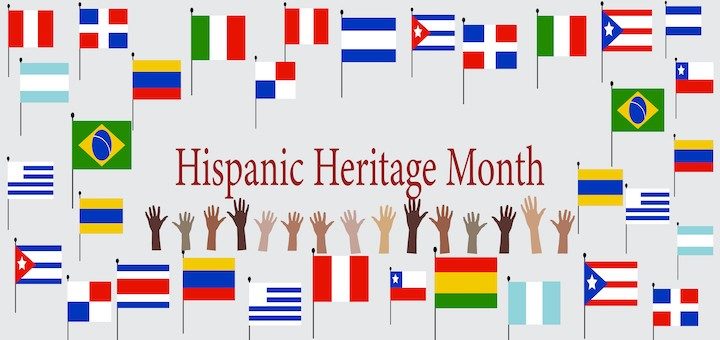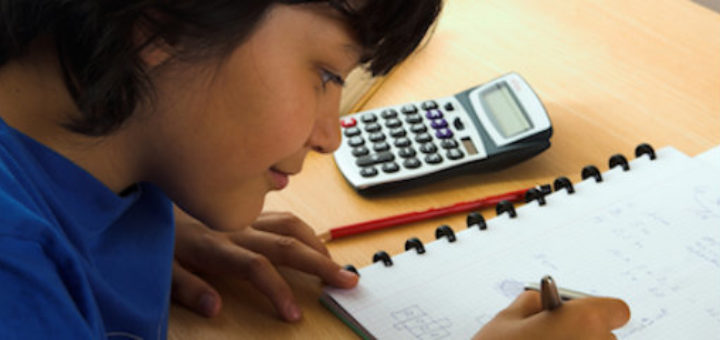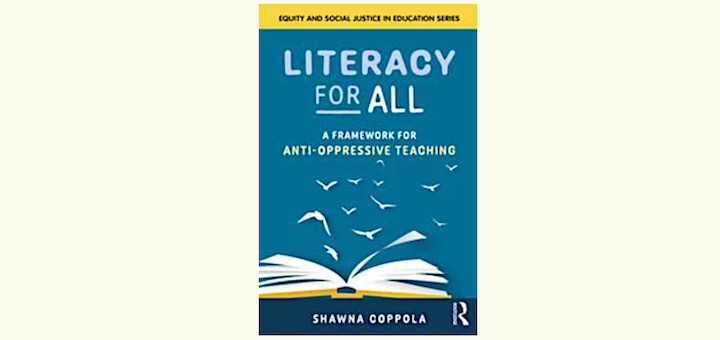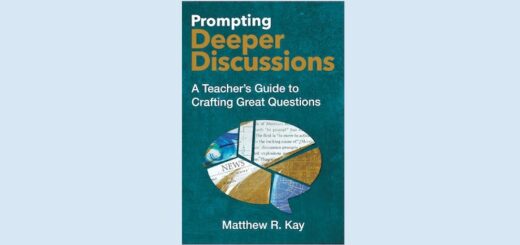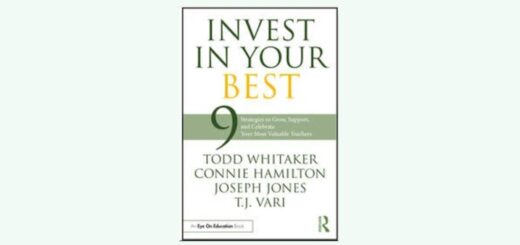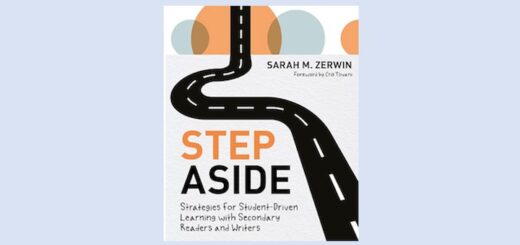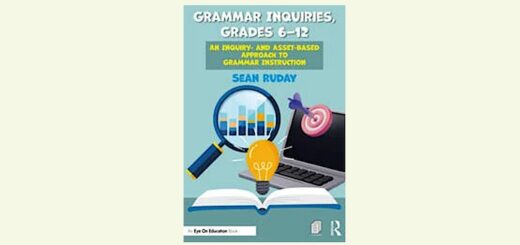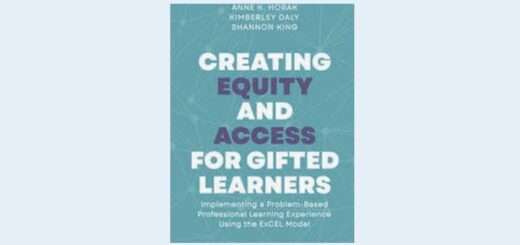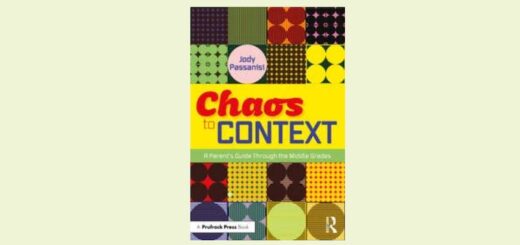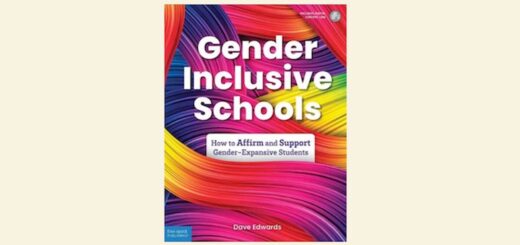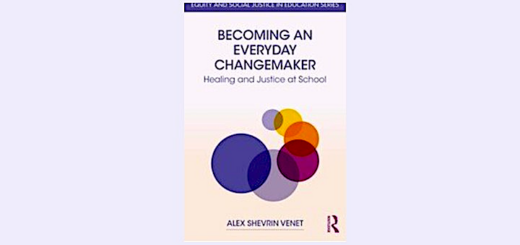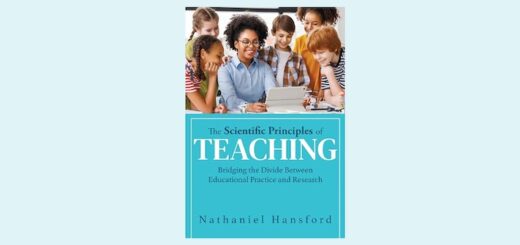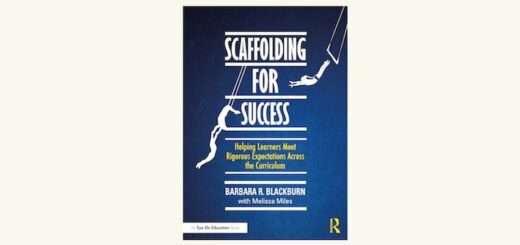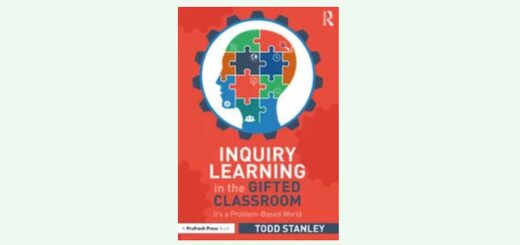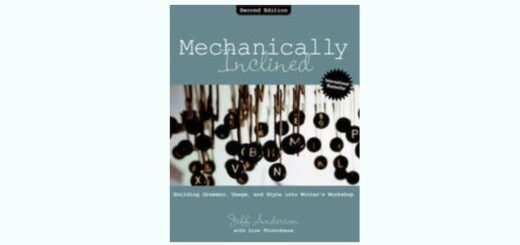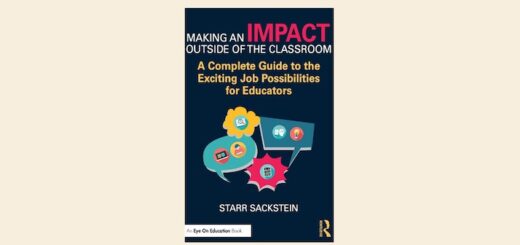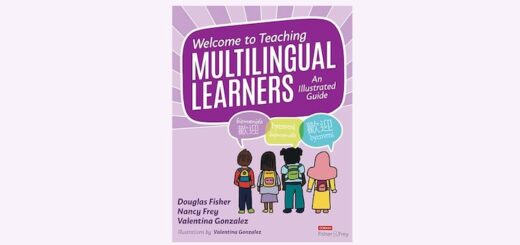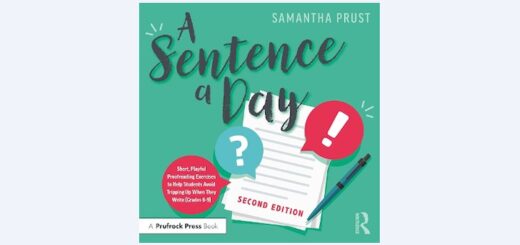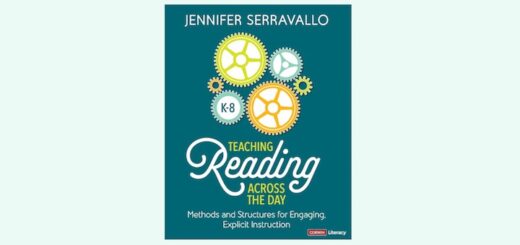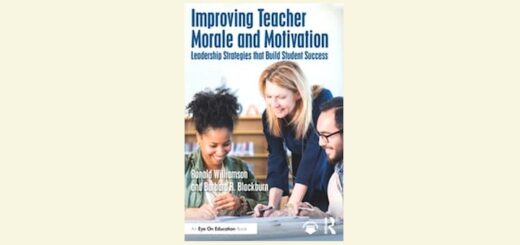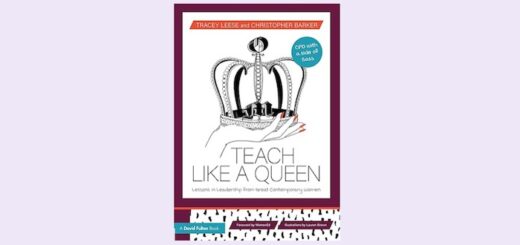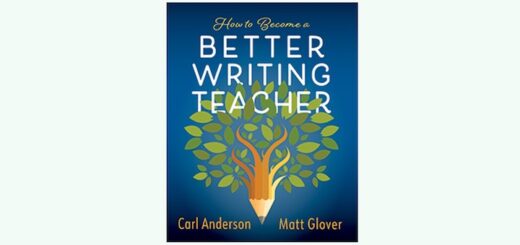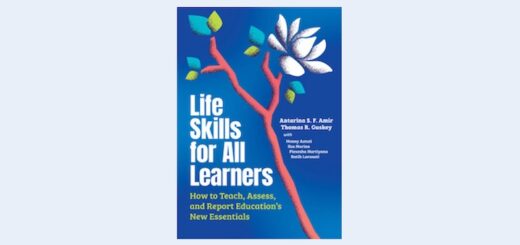Teaching and learning in grades 4-8
Ignacio Lopez writes that effective school leaders must possess five elements of emotional intelligence: self-awareness, self-regulation, motivation, empathy and social skills. All five must be used to implement decisions reached with disparate input and centered on students.
We know group work can help middle schoolers learn, but what about their concerns? Who does what? How do they meet outside of class? How will they be graded? Laurie Hornik details four ways teachers can amplify the positive effects of group work and minimize the negative ones.
All students need excellent instruction every year of their school experience to reach their potential, writes principal coach Matt Renwick. That’s why an instructional framework is so important for a building team to select or develop and for a faculty to commit to as a school.
In Teaching Beyond the Timeline, China Harvey and Lisa Herzig show how to make history more relevant, exciting and connected to the present by using thematic history that integrates chronology. Sarah Cooper enthusiastically recommends sharing the book and its friendly intricacy.
For well over a decade MiddleWeb has shared helpful ideas for new middle grades and MS teachers. In this post we’ve selected recent articles along with several classics and book reviews that might be MOST useful before and during your first months in the classroom.
When Marilyn Pryle wondered whether her students were reading critically in real life, outside of school, she developed five questions for them to answer, whether they were consuming a book, video, post, article, or show. Here she shares her first question: What am I reading?
For over 50 years the United States has commemorated the achievements of Hispanic and Latinx Americans as well as learned about the discrimination they have faced over centuries. MiddleWeb’s resource collection can help students learn more about this rich and complex heritage.
To move toward equitable mathematics education, Dr. Lidia Gonzalez shows how math teachers can help students see beyond harmful beliefs by answering 3 questions: “What is mathematics?”, “What does it mean to be good at math?” and “How do we see our math development over time?”
Shawna Coppola’s expertise and passion for social justice shine through in every chapter of Literacy for All, writes language teacher and coach Melinda Stewart, “offering a roadmap for creating empowering learning environments where all students feel seen, heard and valued.”
Rotation stations can help differentiate instruction as teachers prepare middle graders for an upcoming unit or topic or support re-teaching and enrichment after completing a unit of study. Dr. Laura Robb details one teacher’s strategies in an ELA classroom with 28 students.

